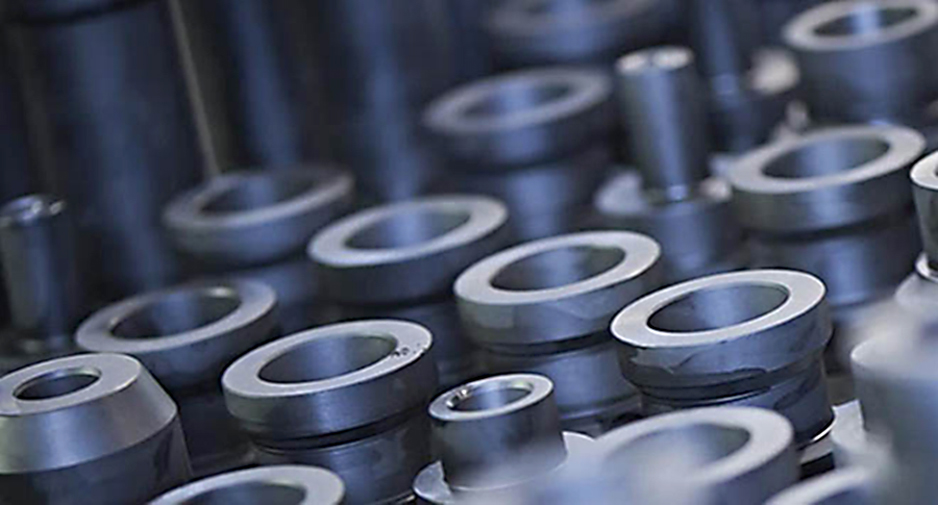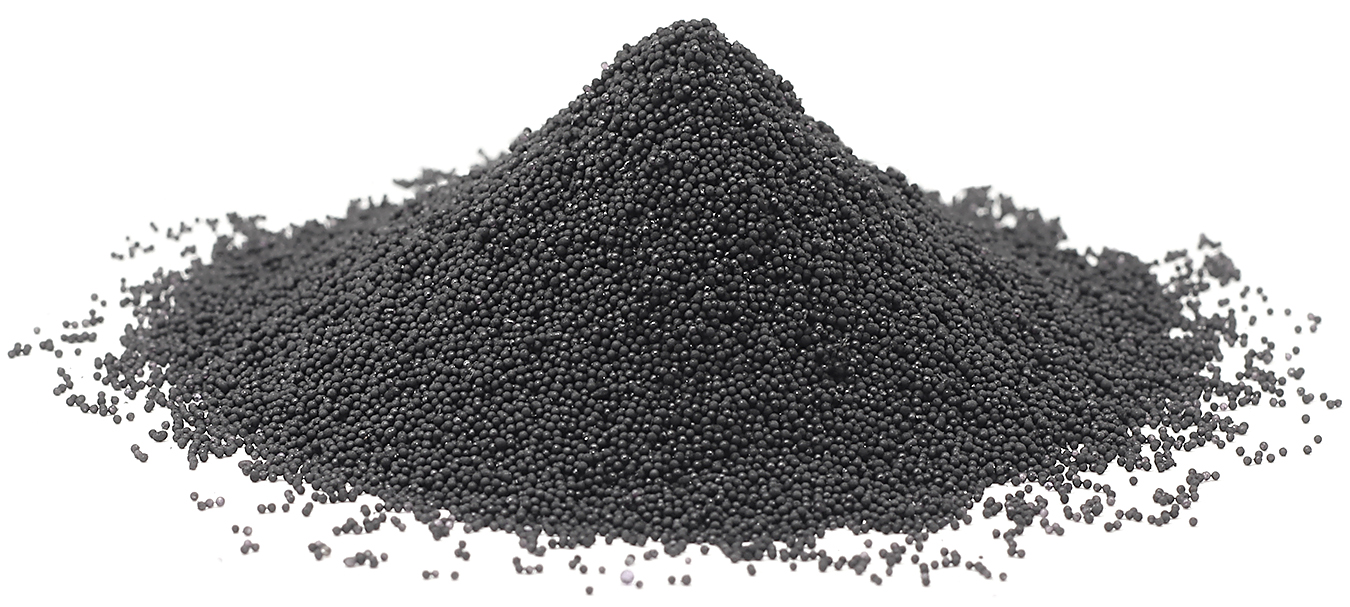
Editor’s note » This is the fourth in a five-part series.
In this fourth installment of my series on heat-treating techniques, I will discuss the pros and cons of pack (solid) carburizing. While it is not as accurate as liquid or gaseous carburizing, it is based on a robust procedure that is easy to manipulate and available to most facilities.
Carburizing is a thermochemical process in which carbon is diffused into the surface of low carbon steels to increase the carbon content to sufficient levels so the surface will respond to quenching and produce a hard, wear-resistant layer. Pack carburizing was in use in Europe as early as the 16th century and was in widespread use through the 19th century. Due to inherent limitations in the process, which I will discuss below, and the increasing demand for higher and higher performance from the steels being produced at the time, its viability rapidly decreased and now has been discounted as an efficient and cost-effective means to produce heat-treated steels today.
The other two common case carburizing techniques, liquid and gas carburizing, can be used to provide surface hardness and case depth according to the part design requirements with a great deal of specificity and consistency. In comparison, pack carburizing involves a process in which steel items are loaded into a furnace in close proximity to high-carbon items. Carbon potential is not as easily controlled compared to normal gas carburizing, and this can limit consistency and specificity.
 These high-carbon items in the furnace include everything from carbon powder to cast iron particles, as well as other sources of free carbon. The atmosphere in the furnace is then maintained as simple carbon monoxide released from the high-carbon items without the need to maintain a constant and uniform atmosphere velocity as typically required in the other processes. Pack carburizing is dirtier than atmosphere carburizing. Shallow case depths are not recommended, and the case depth is not consistent. For any real practical purposes, it is simply not possible to measure the carbon potential while pack carburizing. The uniformity of carbon potential in the atmosphere is a function, and very sensitive to the packing of the carbon material.
These high-carbon items in the furnace include everything from carbon powder to cast iron particles, as well as other sources of free carbon. The atmosphere in the furnace is then maintained as simple carbon monoxide released from the high-carbon items without the need to maintain a constant and uniform atmosphere velocity as typically required in the other processes. Pack carburizing is dirtier than atmosphere carburizing. Shallow case depths are not recommended, and the case depth is not consistent. For any real practical purposes, it is simply not possible to measure the carbon potential while pack carburizing. The uniformity of carbon potential in the atmosphere is a function, and very sensitive to the packing of the carbon material.
Pack carburizing differs from gas or gaseous carburizing because, in gaseous environments, the carbon monoxide (CO) gas is supplied to a heated furnace, and the reduction reaction of deposition of carbon takes place on the surface of the part. In pack carburizing, it is supplied by the high-carbon items.
During the process, carbon monoxide derived from a solid compound decomposes at the metal surface into nascent carbon and carbon dioxide. These compounds can be essentially pure carbon (charcoal) to any number of various levels of impurities, such as animal hooves, hide, fat, or even animal horns. This gives the process a great deal of versatility and applicability in regions without sophisticated facilities. Modern pack carburizing is normally carried out using a less-variable carburizing agent, such as charcoal, and an energizer, such as barium carbonate.
The components to be heat treated are surrounded by a carburizing medium / material and placed in a sealed box. The medium is usually coke or charcoal mixed with barium carbonate. The process is really one of gas carburization since, as previously noted, the carbon monoxide (CO) produced dissociates into carbon dioxide (CO2) and elemental carbon (C), which diffuses into the surface of the component. Temperatures range from 790°C to 845°C for 2 to 36 hours.
 Pack carburizing is the least sophisticated carburizing process and, as a result, remains a widely used method. Selective carburization or partial carburizing can be done in order to mask or not carburize certain areas of the part. Copper is electroplated to a thickness of approximately 0.05 mm in regions where carburization is not desired. Alternatively, a refractory paste of fireclay mixed with asbestos, or other high temperature neutral material, can be applied.
Pack carburizing is the least sophisticated carburizing process and, as a result, remains a widely used method. Selective carburization or partial carburizing can be done in order to mask or not carburize certain areas of the part. Copper is electroplated to a thickness of approximately 0.05 mm in regions where carburization is not desired. Alternatively, a refractory paste of fireclay mixed with asbestos, or other high temperature neutral material, can be applied.
Some of the drawbacks of this method, as mentioned earlier, are that it reduces the ductility of steel and requires long heating and cooling times. It also tends to produce parts with a little less ductility because it reduces the amount of free ferrite, which is capable of deforming without fracturing. It is the least reliable in terms of the finished part and specifically the surface effect. Granted, it does provide a means to infuse carbon into the part; this diffusion typically does not occur uniformly across an entire body of the part. It is very inefficient in that close control of the case depth and quality is difficult and quenching from the carburizing temperature is not possible.
Acknowledgments
I would like to thank Maciej Korecki and Tom Hart of SECO/Warwick for their assistance and contributions to this article. Look for an article from Hart to be presented at the 2023 FTM conference in October.
I would also like to thank Michael Tekletsion Berhan (technical expert, Powertrain Gears and Bearings, with Ford Research and Advanced Engineering) who contributed the following addition to my July column, which addressed liquid carburizing:
“While anything with the potential for flexure-like thin bearing rings, toothed slewing rings, or long, skewed needle rollers can be risky with the brittleness in these ranges, classic through-hardened bearings are usually made with UNS G52986 / SAE-AISI E52100 steel at ~0.98–1.10% C. These are similar to the 100Cr6 1% C European nomenclature and the Japanese grade SUJ2. As long as they are loaded fairly evenly and not smashed by impacts to the point of fracture, these work quite well, hence their ubiquity. Fracture concerns did drive the tapered roller bearing field to carburized 0.2% C steels like UNS G86200/SAE-AISI 8620. These allow for greater robustness to high-impact loads with their more friendly softer cores. Low-impact risk tapered roller bearings can be made with the higher carbon through-hardened steels and are used where applicable and economical.”

























